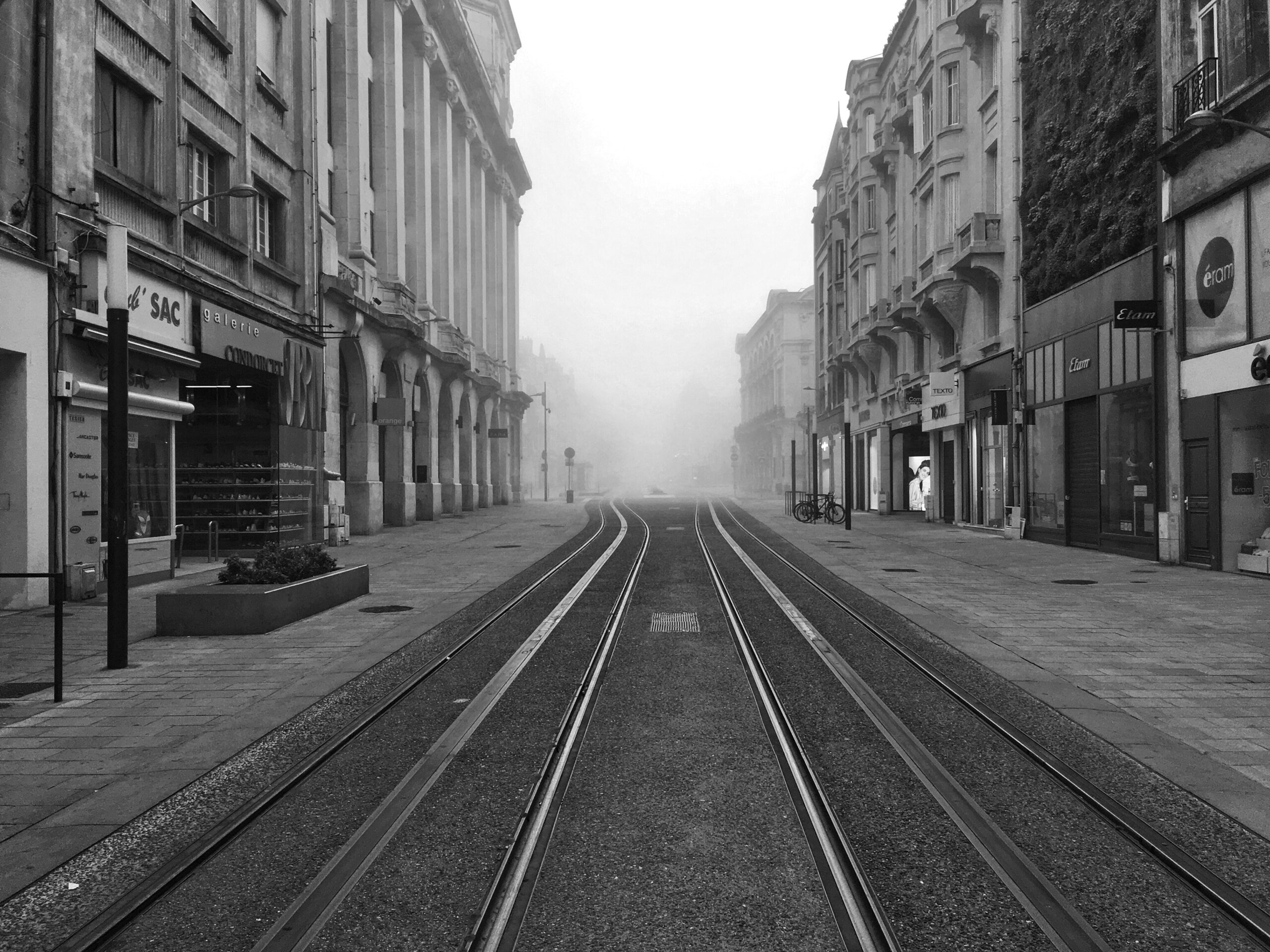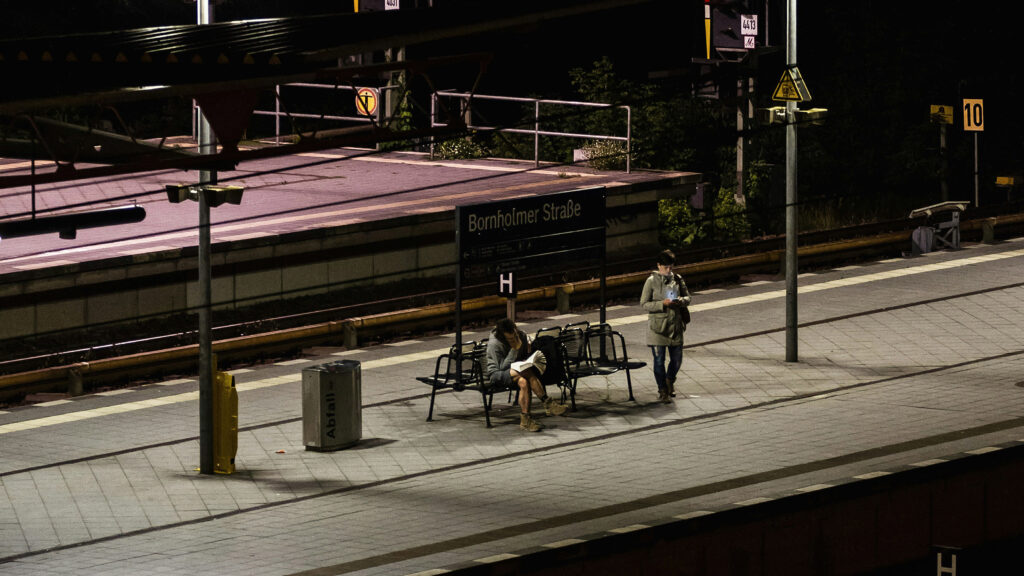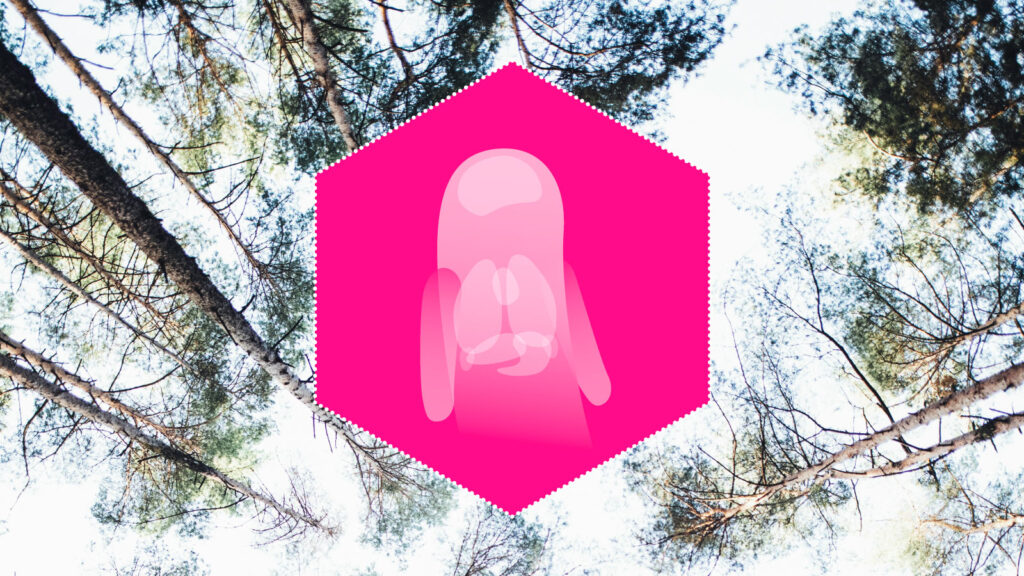One of the earliest and most profound descriptions of depression lies in William James’ analysis of Tolstoy’s autobiography, “A Confession”1 James describes Tolstoy’s state of depression as a “sick soul”2: one that experiences profound shifts in how they feel attuned to the world, making it impossible for Tolstoy to enjoy ordinary pleasures of living. This analysis is as accurate today as it was then, with some nuances.
The WHO estimates that around 3.8%3 of the global population has experienced some form of depression. However, this number only accounts for diagnosed cases and data from countries with available statistics. Major depression is a medical disease, but to give James the credit he deserves, this condition is almost impossible to understand and effectively treat or act upon without grasping its three parts : biology, lived experiences and environment. This intricate inter-dependency is one reason why depression is so widespread and varied. Despite advancements in treatment, diagnosis, and medicine targeting specific areas of the brain, the prevalence of depression continues to rise at alarming rates. While numerous studies evaluate how our home or working environment and public spaces influence our mental health and wellbeing, we must ask ourselves: what impact can architecture have on tackling or even preventing the increase in depressive disorders?
Today, over 50%4 of the global population lives in cities, a figure expected to rise to nearly 75%4 by 2050. For most of us, cities and urban settings are our adopted habitats. Urban living is associated with higher rates of mental health conditions, with city dwellers facing a 40% higher risk of depression than those in rural areas5. These environments profoundly shape our lives as where we grow up, work, play, raise our children, and ultimately live out our final years. As urbanisation continues, architects’ roles shift from merely accommodating a growing population to addressing fundamental mental health needs.
The intricate interplay between our environment and drivers of depression points to the importance of architecture in redefining our relationship with mental health, and in promoting general psychological well-being. How can the built environment impact elements of depression and create a baseline for healthy psychological growth? While it is clear that depression is a medical disease with biological underpinnings; designers, architects, and planners can influence the environmental aspects surrounding the condition. To understand the core aspects of depression, we must first examine its symptoms and underlying patterns. This piece focuses on one specific symptom: anhedonia.
The word anhedonia is derived from the Greek words an- and hedone-, literally translating to “without pleasure”. Anhedonia describes the inability to experience pleasure in basic life moments such as eating food, experiencing beauty, or usually enjoyable activities; or as Dr. Robert Sapolsky describes it “the inability to be awed by rainbows and sunsets.”6
How can architects and designers create beautiful things for everyone to enjoy when individuals have lost the ability to experience pleasure? In “The Architecture of Happiness”, Alain de Botton explores the correlation between people’s desires, aspirations, and the physical expression of beauty in buildings. He states: “We depend on our surroundings obliquely to embody the moods and ideas we respect and then to remind us of them. We look to our buildings to hold us, like a kind of psychological mould, to a helpful vision of ourselves”7. This particular statement ties into the two hedonic processing functions in humans: anticipatory pleasure (derived from predicted future events) and consummatory pleasure (derived from present experiences). This distinction is useful in considering how we experience our cities and buildings and how we process the anticipation of certain global events , such as sports competitions like the Olympic Games.
Anticipatory pleasure relates to efforts expended for future rewards13. In the context of major depression, this hedonic system is either completely absent or significantly altered, translating to the inability to project oneself into the immediate or distant future8. Individuals experiencing major depression do not experience joy in planning for the future10, such as booking holidays, thinking about an upcoming concert, or looking forward to specific milestones in their lives. Anhedonia often leads to physical and social isolation, making it difficult for individuals to engage with the world or, in the most serious cases, step out of their homes. People with depression lack confidence in themselves and in the world around them, often nurturing what is described as learned helplessness.
How can we create habitats that encourage people suffering from depression to step out into the world with confidence, trusting in their environment to help them deal with their condition? Recent discussions at the CCD event “The Cave”9 highlighted the importance of trust in architecture—trust in the spaces we use every day. Depression undermines an individual’s ability to trust their environment and themselves. Overstimulation and sensory overload in urban environments can significantly impact people suffering from depression as they struggle to regulate their response to stress and cope with anxiety spikes, creating further apprehension towards their immediate environment. The integration of quiet ways, calm corridors and new tailored routes through the city would offer such individuals a more serene way to reconnect with their city. Other examples such as the Adamant Hospital14 or the Kotoen Care Centre 16 intend to enhance a person’s sense of security and connection with their urban environment, through adaptable safe spaces, varying elements and adjustable exposure to certain stimuli.
Consummatory pleasure, related to openness to experiences and appreciation of positive stimuli13, is another aspect to consider. In cities, we are bombarded with information. Buildings, though we may not always perceive it, are incredibly ‘vocal’. Depression can lead to cognitive distortions and a loss of ability to experience the world fully. In this context, buildings should ‘create music, not noise’, meaning they should actively look to focus and engage with people rather than create confusion and distance themselves from the users. Iconic structures like the Guggenheim Museum in New York and the British Museum in London engage visitors with clear stories and narratives, fostering engagement and meaning as well providing comprehensive and easily understandable routes through the building —critical elements for those experiencing depression.
To consume, one must be driven, compelled or forced to do so. For individuals with depression, part of this ‘motivational aspect’ is absent or dysfunctional. How can our environment be so engaging and nurturing that it becomes something we crave? How does architecture bypass the low levels of serotonin and dopamine and act as a natural remedy, promoting healthy habits, inducing drive and motivation and balancing out one’s anxiety levels ?
Architecture’s appeal is in the role it plays in balancing out our aspirations, desires and how we perceive and see ourselves. Cities and buildings represent snapshots of specific moments in time, encapsulating our aspirations for the future, qualities, flaws, and understanding of our place in the world. Architectural styles reflect these shifts. But these shifts are far slower than the changes people experience in their lives, including lifelong changes in character. What happens when architecture can’t change quickly enough to remain relevant and pleasurable?
Léon Krier’s “architecture stutter”11 diagram likens our cities to beautifully crafted sentences, not repetitive stutters. Thomas Heatherwick’s Humanise initiative addresses the idea of “boring”12 architecture, emphasising the impact buildings have on mental health, not solely for individuals with specific conditions but for everyone. In a similar sense, Jan Gehl points out in “Close encounters with buildings” that: “What we have are closed, self absorbed buildings. What we would like is to have open, versatile, interesting and safe cities.”13 reiterating the general population’s desire for a more engaging environment. A parallel can be drawn between Tolstoy’s “sick soul”2 and today’s “soulless”12, in some sense “depressed”12 buildings, highlighting the importance of redefining how architecture meets the basic mental needs of all.
Among countless efforts that can be made in supporting global mental health, from initiatives to enhanced therapies and medical support as well as advocating for mental care, architecture has an immensely critical role to play in both prevention and treatment.14 Mental health disorders, and specifically depression disorders, impact low income households three times more than medium to high income environments. On top of that only 15% of this specific population has access to medical and therapeutic care3. Our role as city planners and change makers is even more prevalent. If we can’t impact the access to specific care and tackle biological imbalance ourselves, the most potent element for change is our environment.
In this article, we’ve attempted to understand the mechanisms behind one of the most prominent symptoms of depression, anhedonia. By understanding the experience of pleasure as both present and anticipatory, we’ve started to define areas for improvement in the design of cities and buildings. Designing for mental health requires a more nuanced understanding of how different mental states influence our perception of safety, security, trust, and connection. Through this lens we can respond directly to the specific needs of those experiencing depression, creating opportunities to experience our environment and ourselves through a completely different lens.
Dr. Sapolsky’s analogy that asking a person with major depression to ‘tough it out’6 is akin to asking a diabetic not to use insulin, highlights the undeniable role of the environment when discussing mental health. If the space around us is “depressed” and individuals already struggle with daily life, how can we expect to see improvements in the psychological well-being of the general population? Architecture as well as urban planning and city making must rise to the challenge, creating environments that foster well-being by taking into account that human needs naturally shift over time. How can we develop places which adapt to different states, creating an inclusive environment, so that our streets and public spaces can lift us up in time of need?
References
1 Tolstoy, L. (1882). A Confession
2 James, W. (1902). The Varieties of Religious Experience
3 World Health Organisation (WHO) (2023). Depressive Disorder (Depression)
4 World Bank Group (2023). Urban Development
5 The Center for Urban Design and Mental Health (2024). How The City Affects Mental Health
6 Sapolsky, R. (2023). The Biology and Psychology of Depression Lecture
7 De Botton, A. (2006). The Architecture of Happiness
8 Rosebrock, L., Waite, F., Diamond, R., Collett, N., Bold, E., Chadwick, E., Teale, A-L., Freeman, D. (2020). Anticipatory pleasure in current psychosis – Cognitive and emotional correlates – doi: 10.1016
9 The Centre for Conscious Design (2024). The Cave – A CCD Series
10 Frontiers Psychol. (2019). Diminished Anticipatory and Consummatory Pleasure in Dysphoria – Evidence from an Experience Sampling Study – doi: 10.3389
11 Krier, L. (2009). Architectural Stutter – ISBN 9780262512930
12 Heatherwick, T. (2023). Humanise: A Maker’s Guide to Building Our World
13 Gehl, J., Johansen Kaefer, L., Reigstad, S.(2006). Close encounters with buildings – Centre for Public Space Research – Realdania Research, Institute for Planning – URBAN DESIGN International – doi: 10.1057
14 Ghisleni, C. (2022). Poetics of Space and Mental Health – How Architecture Can Help Prevent Suicides – ISSN 0719-8884
15 Gard, D., Germans Gard, M., Kring, A.M., John, O.P. (2005). Anticipatory and consummatory components of the experience of pleasure: A scale development study – doi: 10.1016
16 Hassani, L. (2018). Caring the Kotoen Way – AARP International The Journal – Volume 11 – 2018 Edition – doi: 10.26419









